“A man dies, a forest is cut down, a river runs low, and the caves you visited in childhood become whelmed: the things I shoot soon often change or disappear,” says photographer Ilya Batrakov. His mesmerising photographs of seemingly unassuming landscapes in the Moscow region document the place where he grew up.
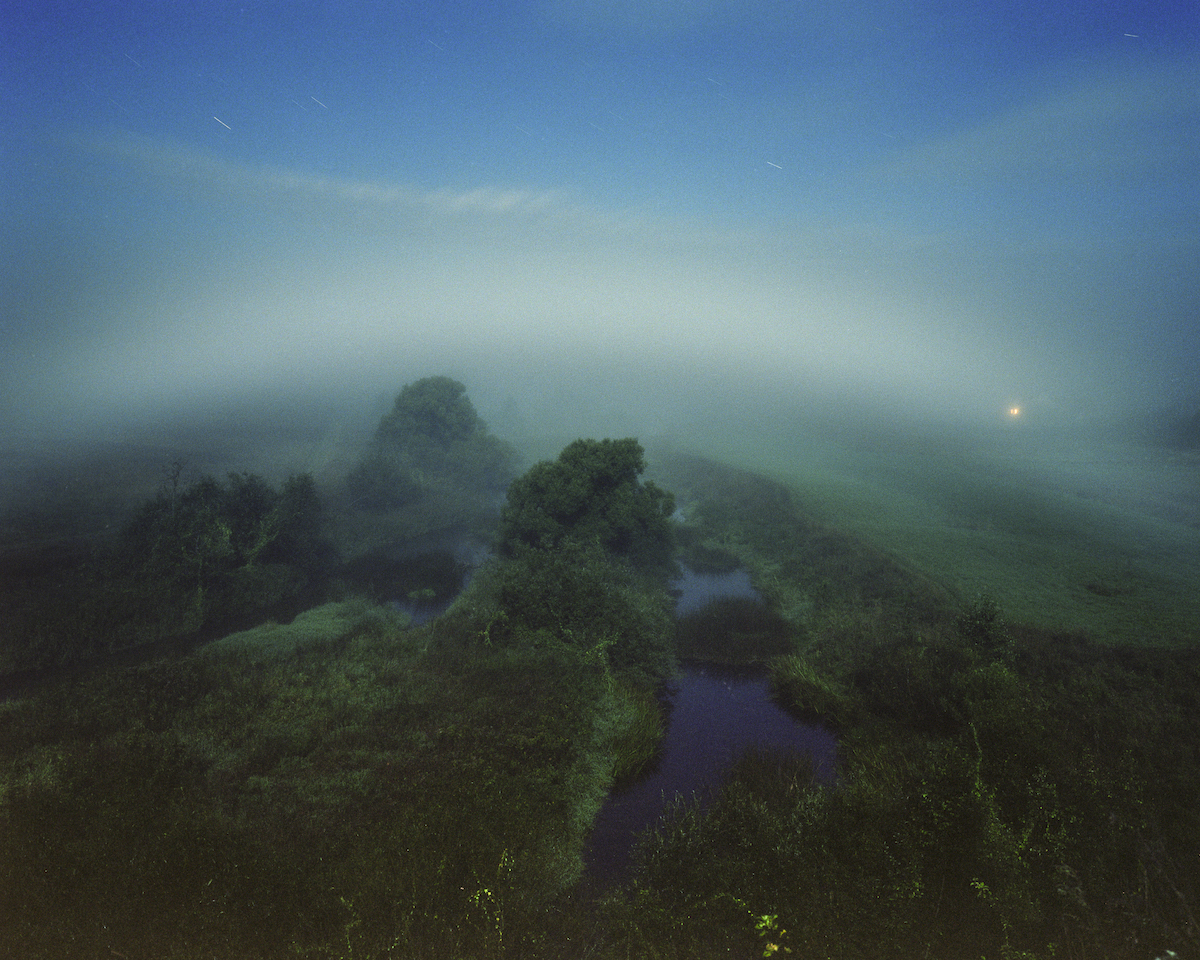
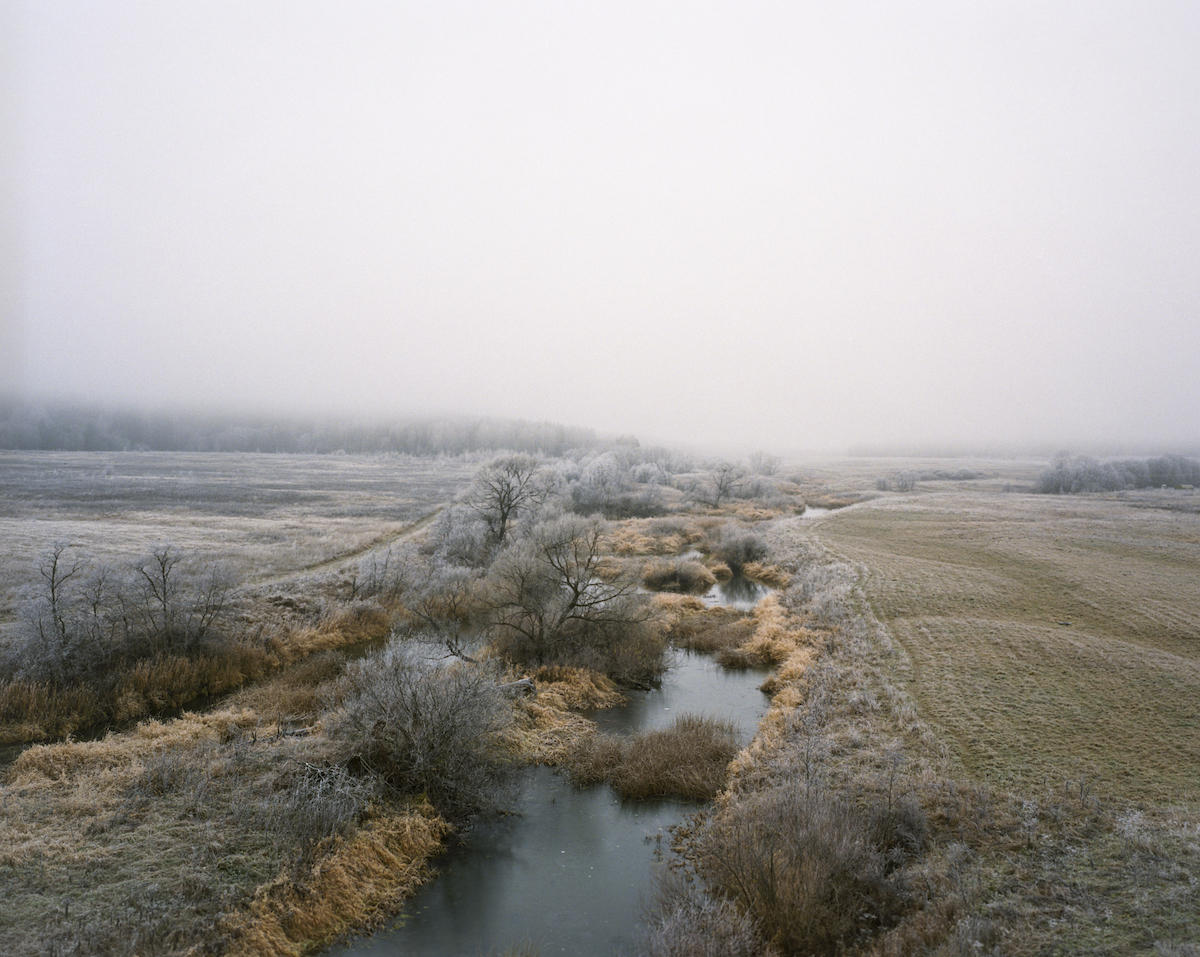
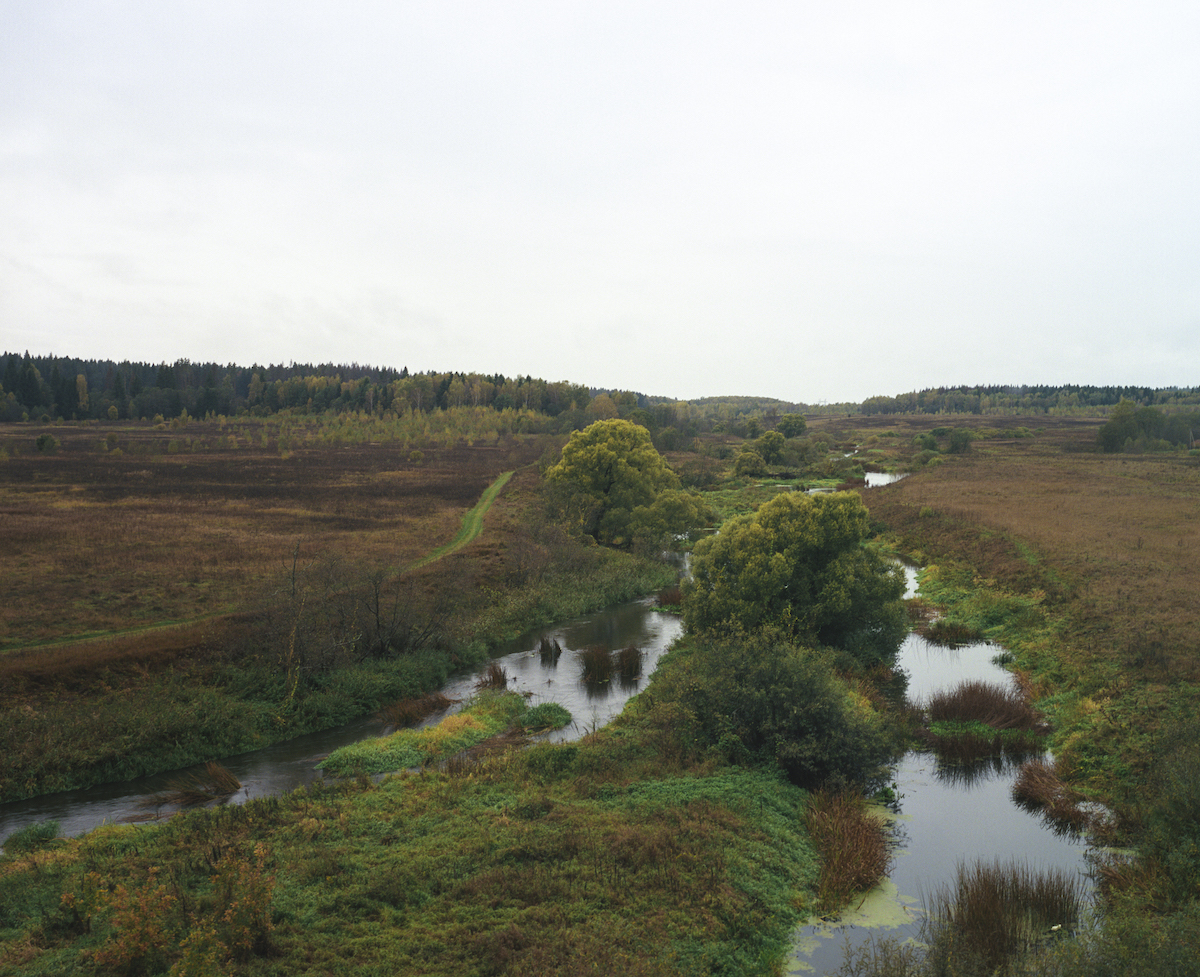
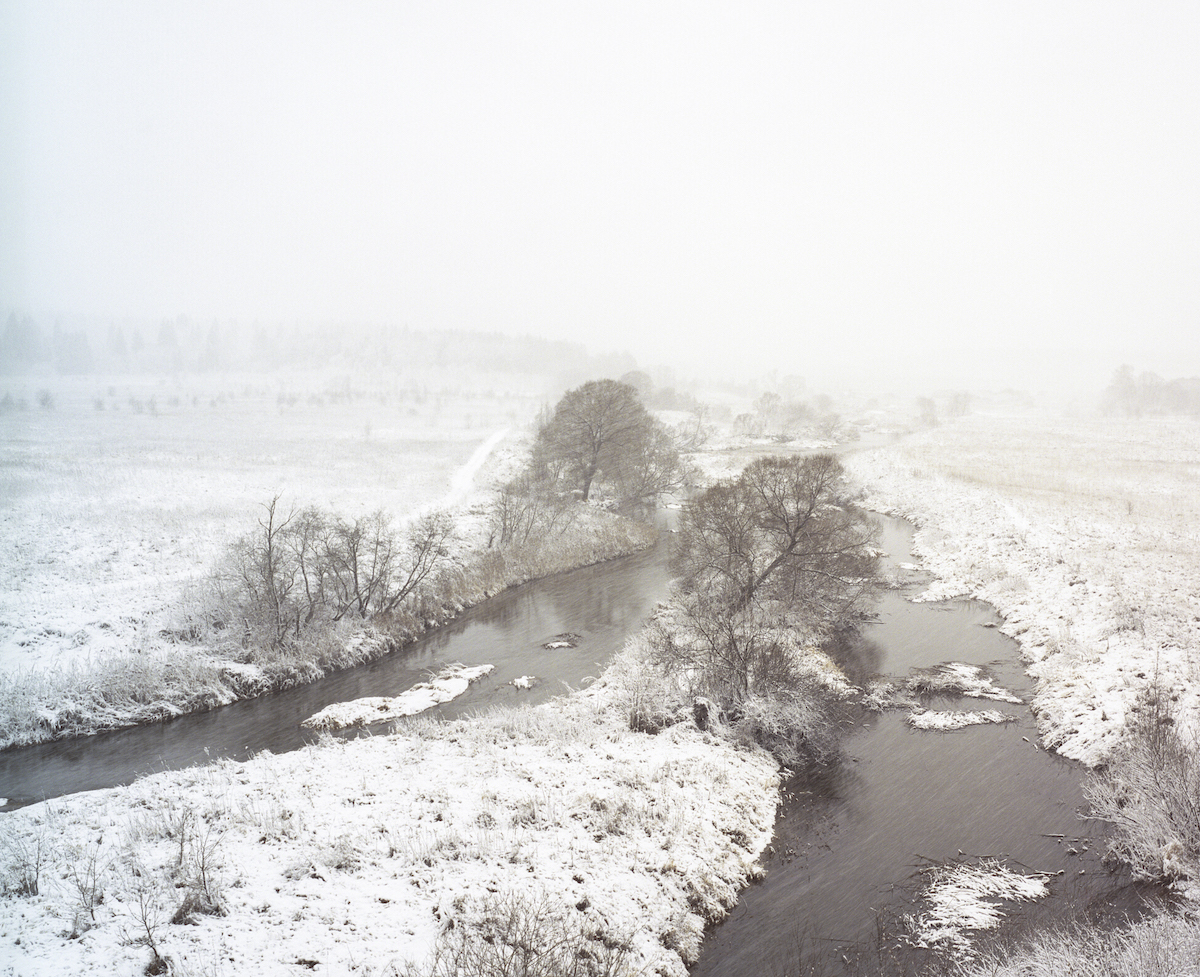
Batrakov was given his first film camera as a teenager, taking images of cats, dogs, and local skateboarders until one day, one of his landscape shots surprised him as “simple yet perfect”. “I don’t even remember where and why I shot it. There was literally nothing happening in the shot; it was homogenic and grey, but strangely it captured the way I felt during the first days of spring,” he remembers.
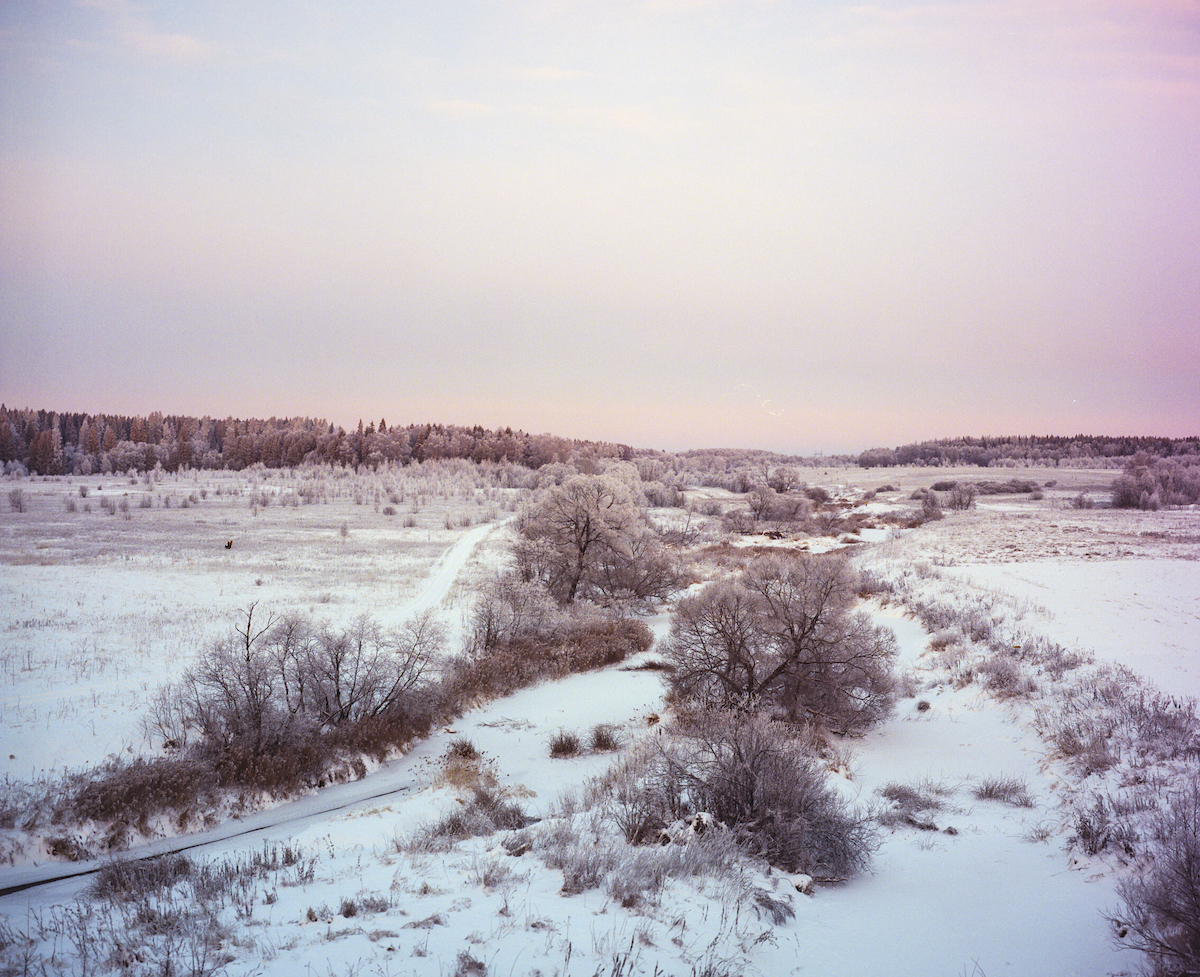
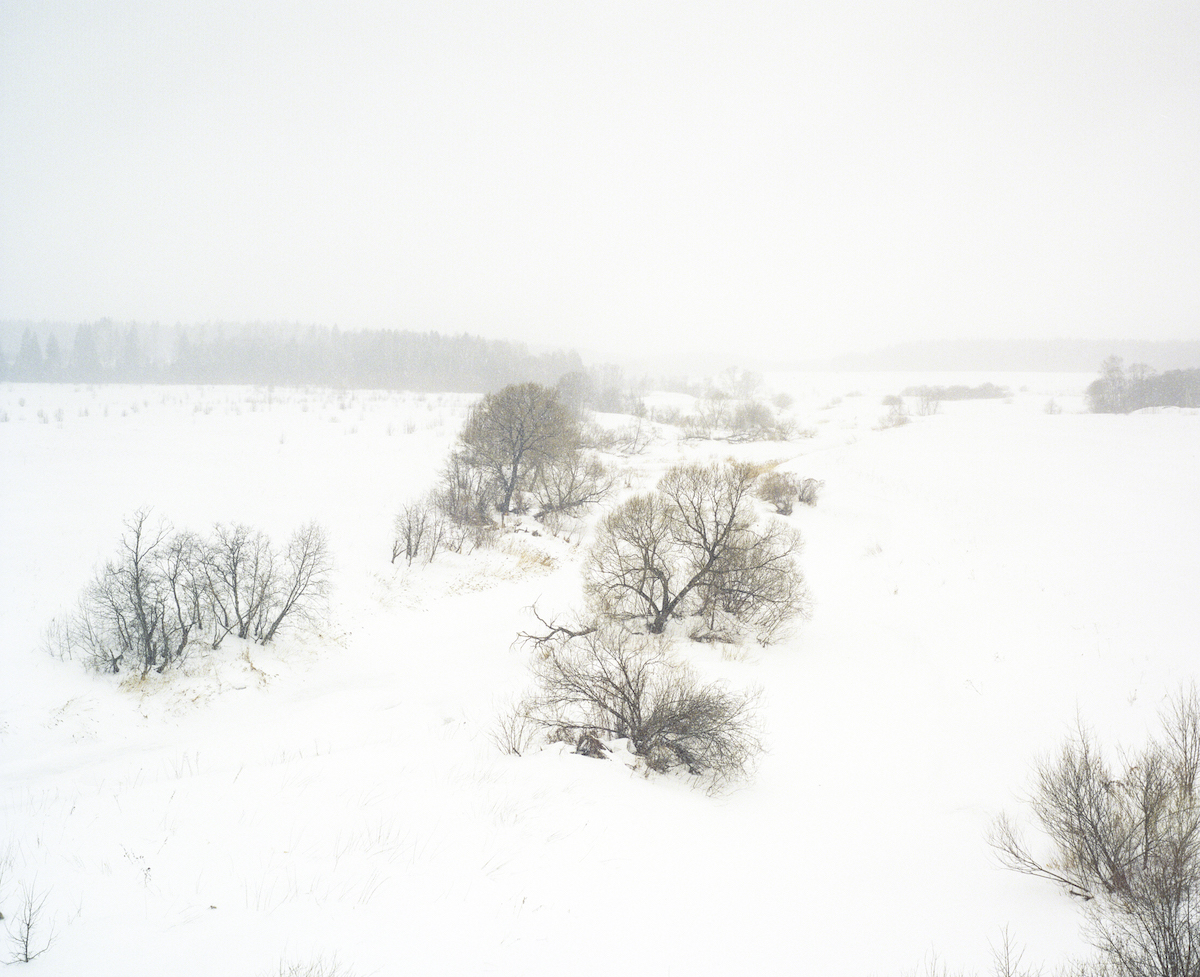
Russia is a land of rivers. Originally, people would settle on the hills along the riverbanks and would come to consider this land as sacred. Those who grew up by the Iskona River in the Moscow region, like Batrakov, would come to see Gora Hill as a point of pilgrimage. “Here, people bring their dreams, hopes, and fears before leaving to return to their village,” he explains.
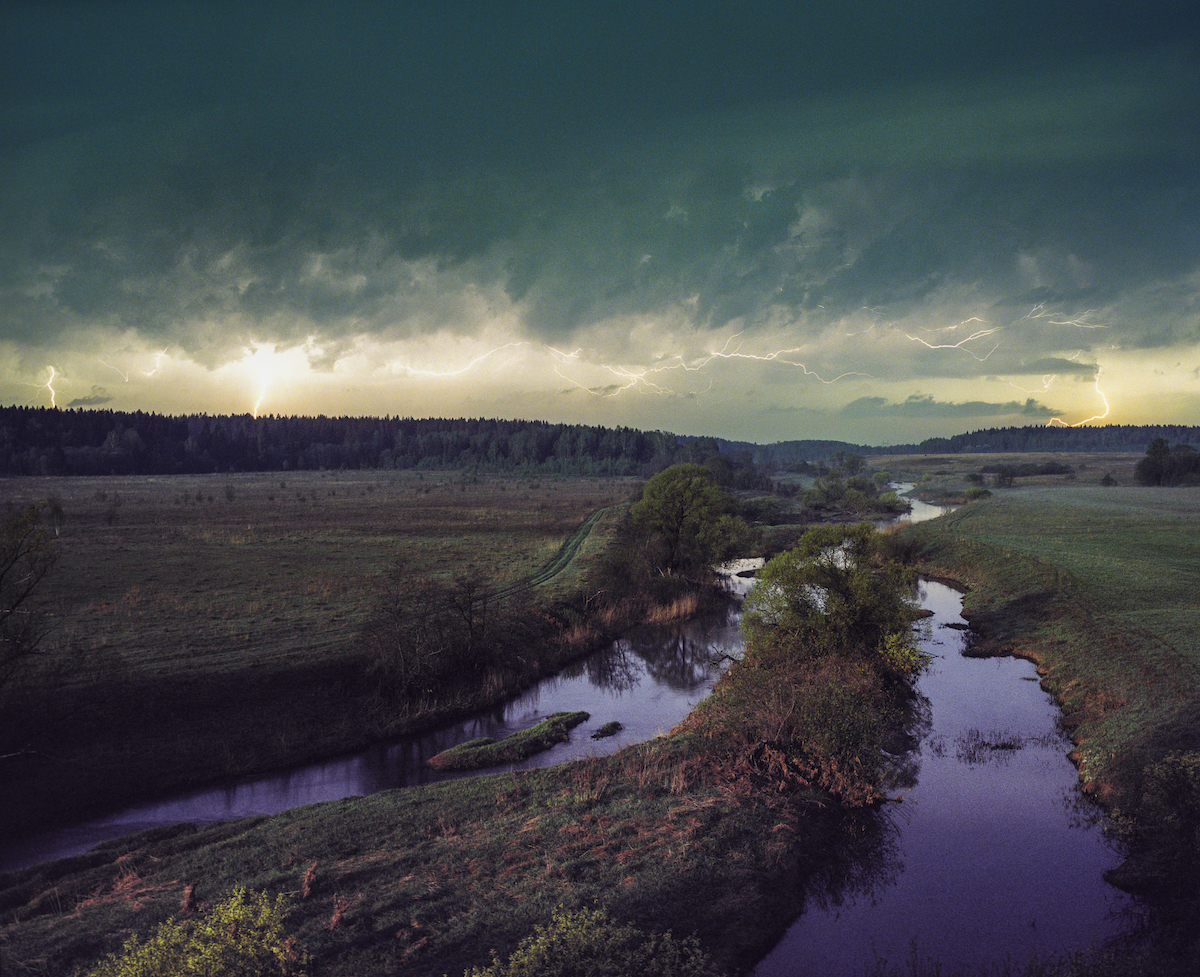
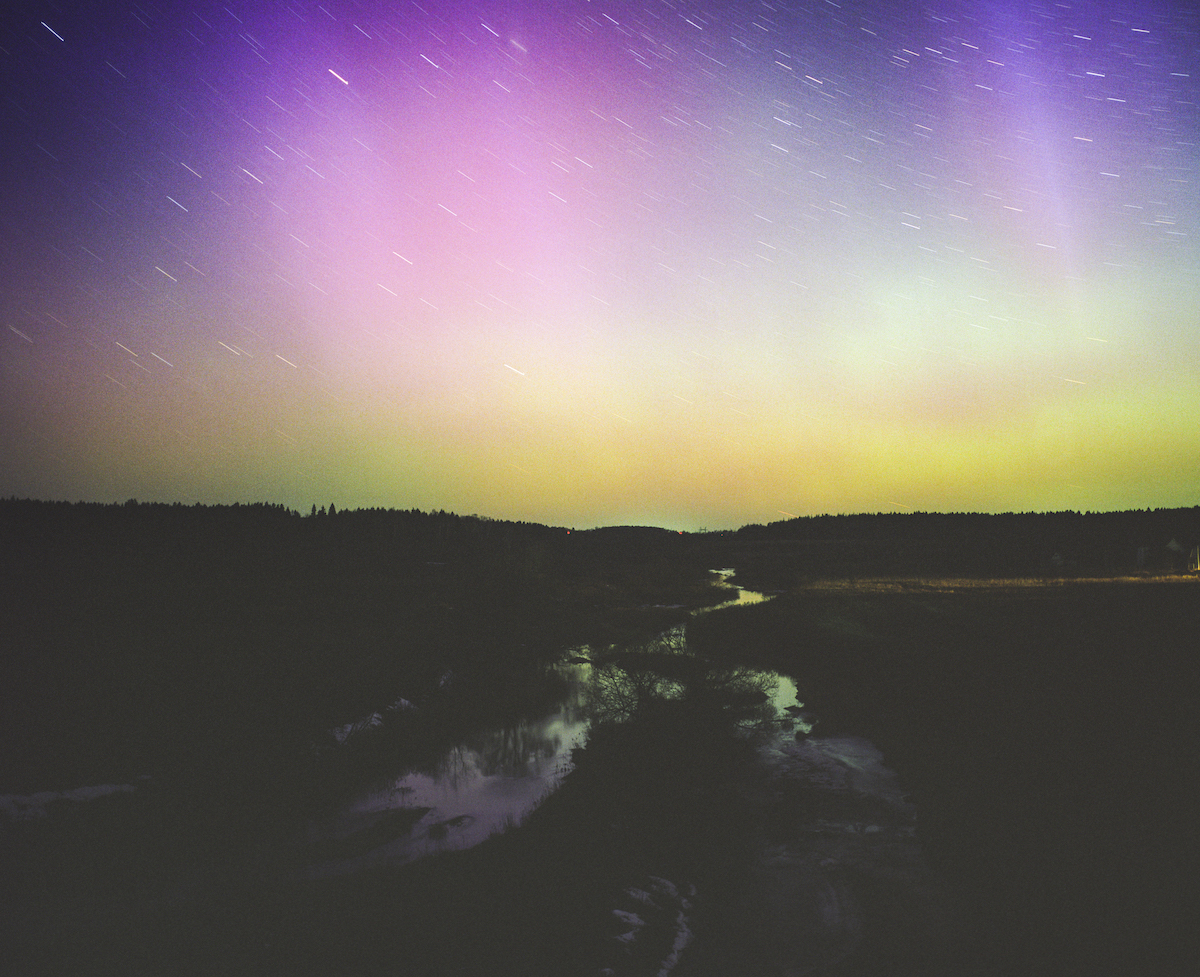
Batrakov first saw Gora when he was six. His family was looking for a place to move from Moscow. After hours of driving, they finally found themselves in a small village, some 100 kilometres away from the capital. “Tired and exhausted, I jumped out of the car, looked around, and noticed that the road in front of us seemed to end abruptly. I decided to check what laid beyond. I stopped at an abyss overlooking the river valley under a blanket of fog, with a forest that stretched across the horizon,” he said.
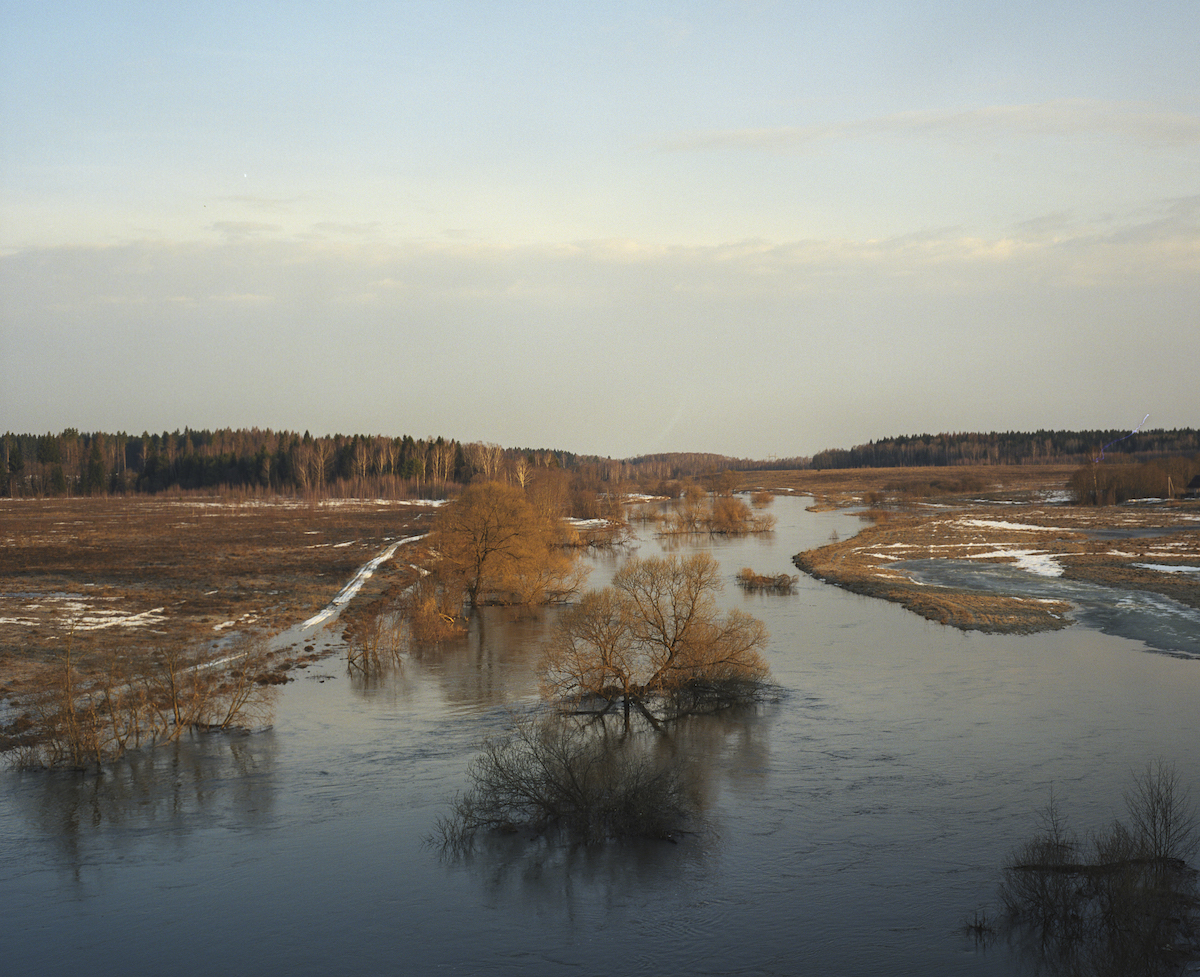
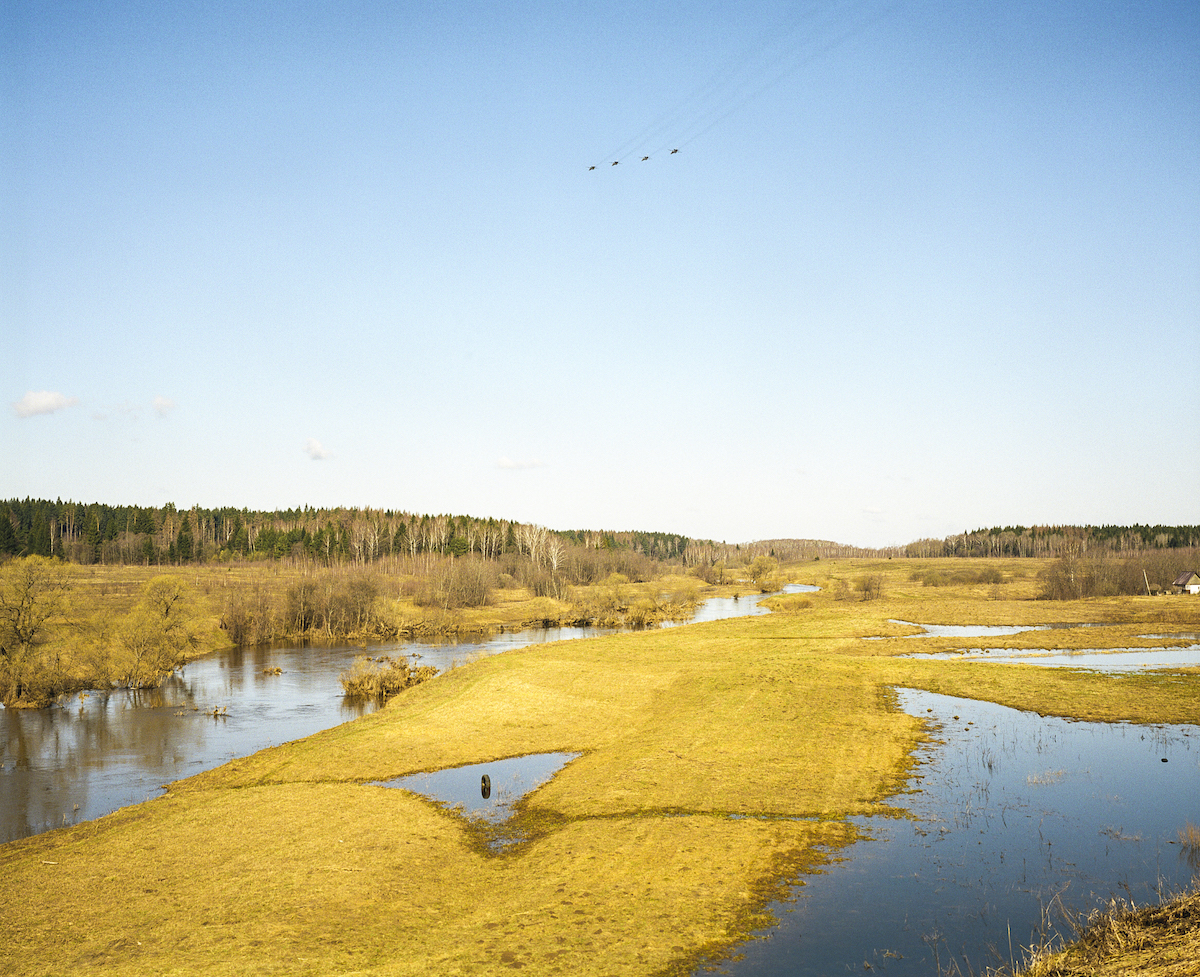
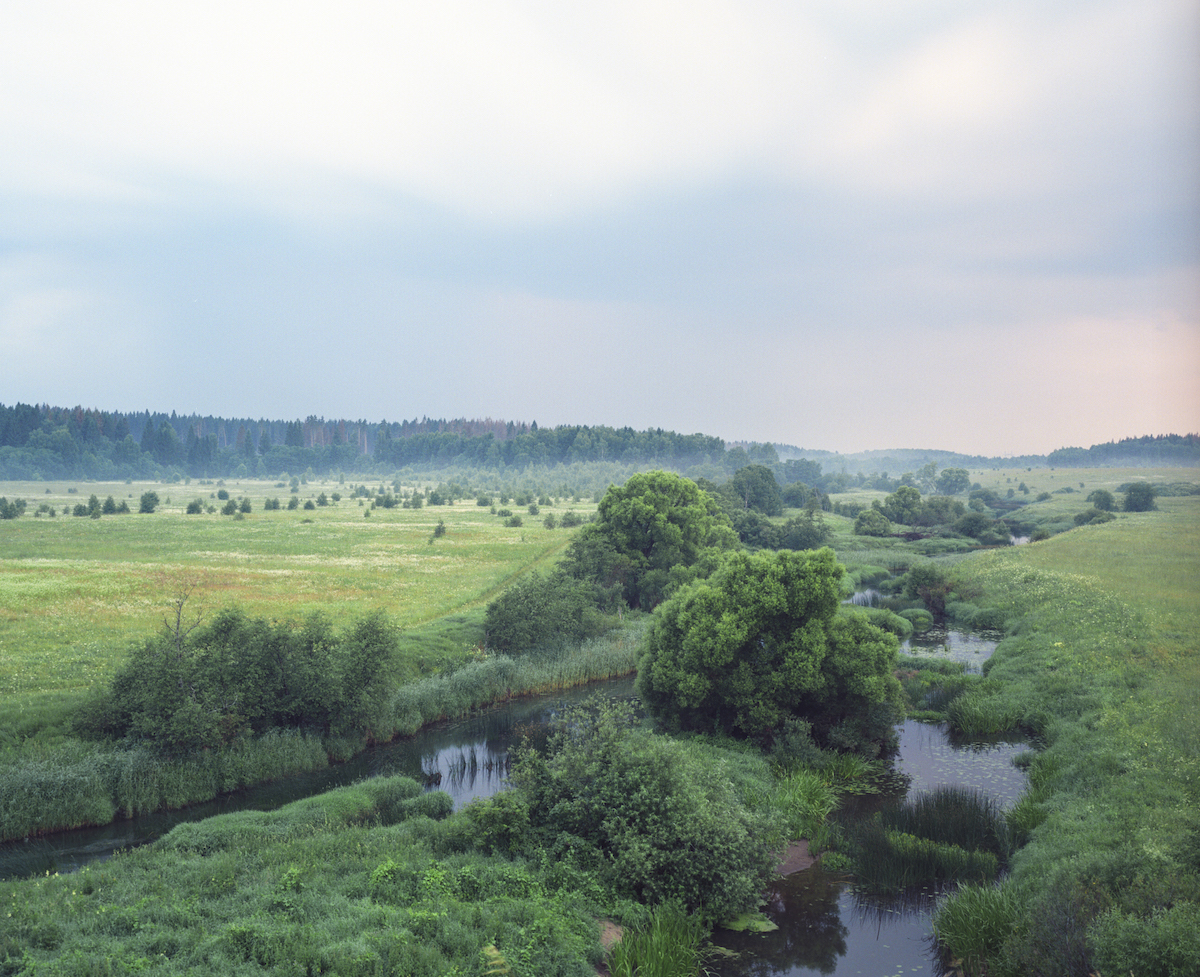
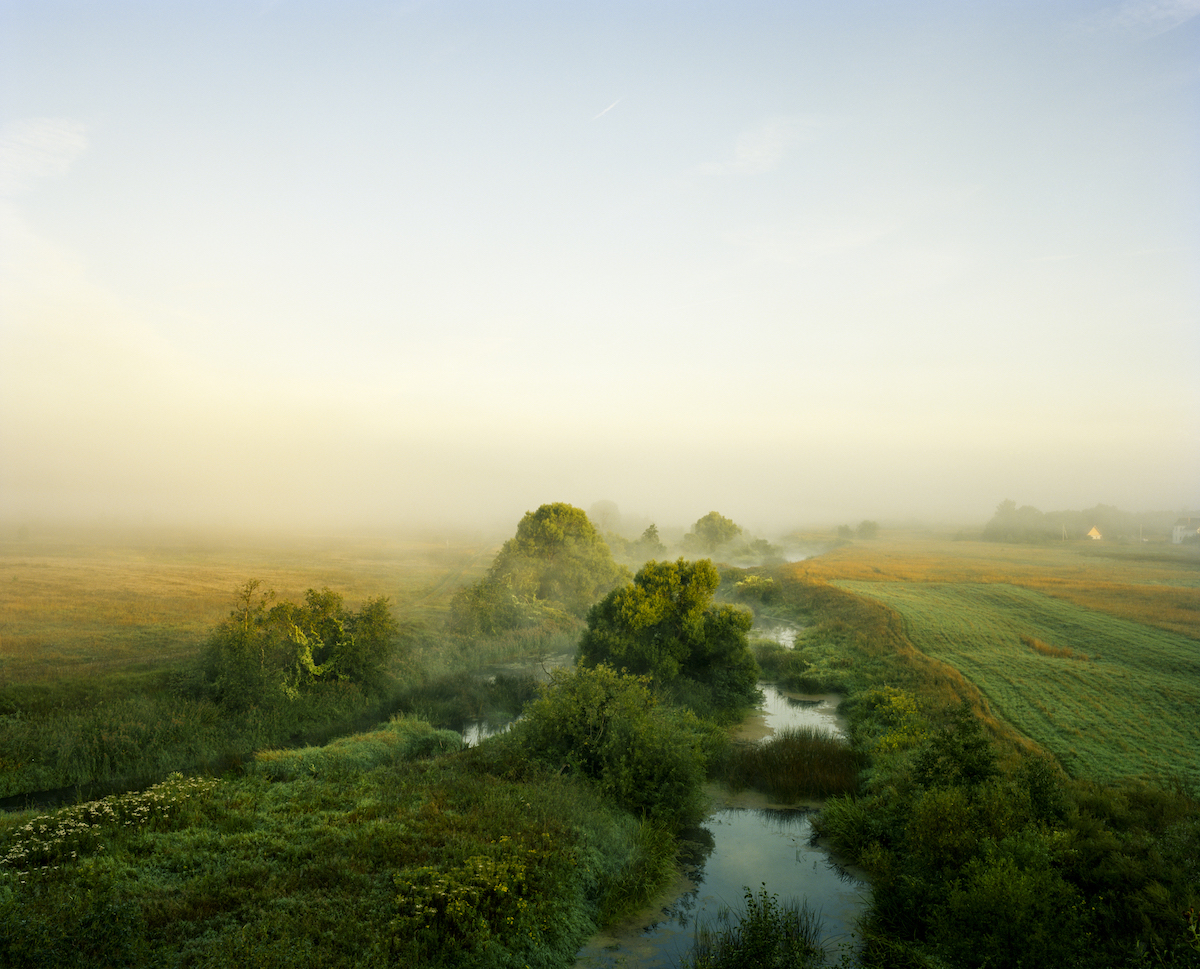
For Batrakov, the view became a view of quintessential Russia. “It’s hard to explain, but for some reason, this landscape and its ubiquity serves as a certain tower of strength in my darkest hours,” he shares. His series, Gora, evokes that serenity and the reassuring sense of direction it provides among the gentle eddies of time: from the thundering clouds of May to the white silence of December.